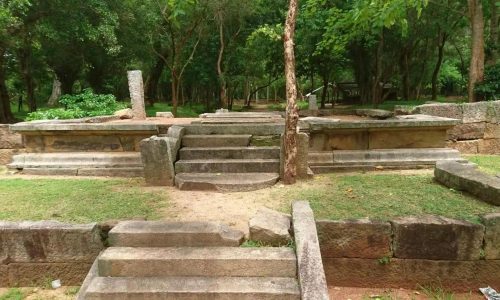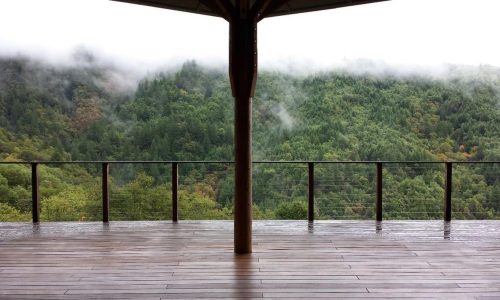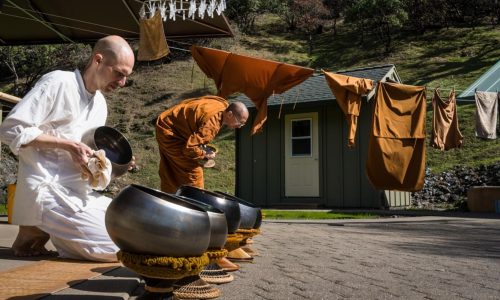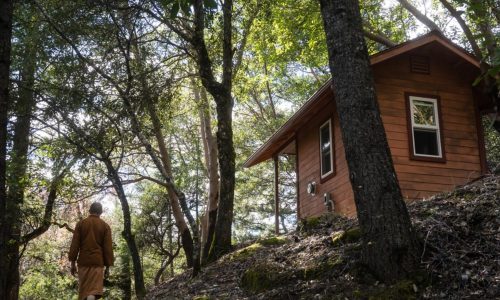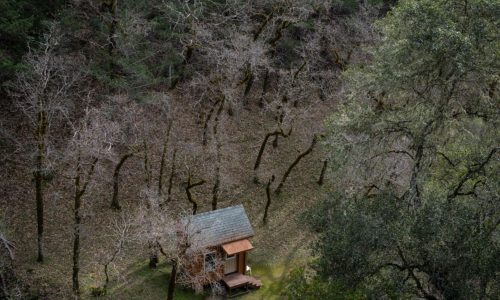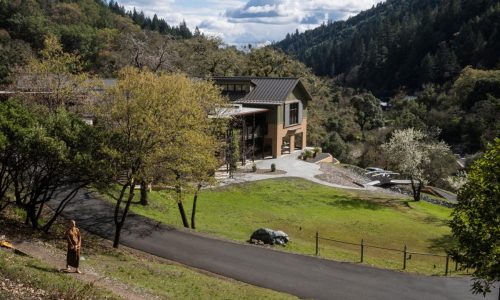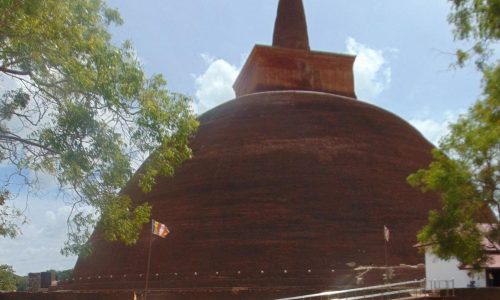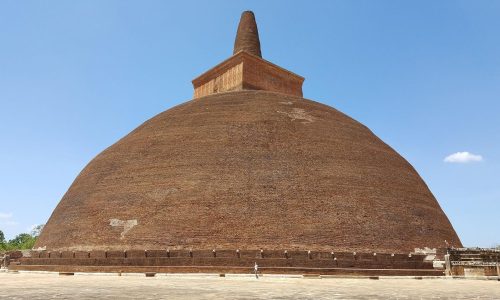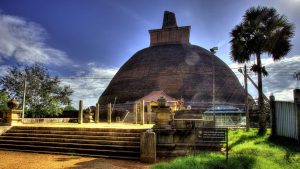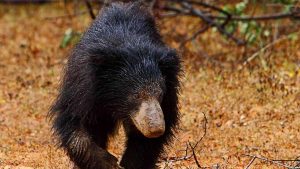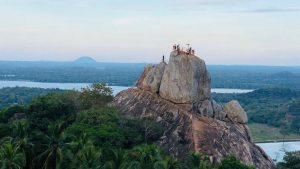Abayagiriya Monastery, located in the Northern Province of Sri Lanka, is one of the country’s most historically significant and culturally rich monasteries. With a history dating back over two millennia, this monastery has played an integral role in the development of Buddhism in Sri Lanka.
The history of Abayagiriya Monastery dates back to the 2nd century BC when Buddhism was introduced to Sri Lanka by the Emperor Ashoka of India. Over time, the monastery grew in prominence and became a center for Buddhist learning and scholarship. During the reign of King Valagamba in the 1st century BC, the monastery underwent significant renovations and expanded to accommodate more monks.
In the 2nd century AD, the famous Indian monk Mahinda Thero, the son of Emperor Ashoka, visited Abayagiriya Monastery and introduced the Mahayana school of Buddhism to Sri Lanka. It led to a new era of Buddhist scholarship and the development of a unique Sri Lankan school of Mahayana Buddhism known as the Abhayagiri school.
During the Anuradhapura period, which lasted from the 3rd century BC to the 10th century AD, Abayagiriya Monastery was one of the most important centers of Buddhist learning in Sri Lanka. The monastery was known for its extensive libraries containing many rare and ancient Buddhist texts. The monks at Abayagiriya Monastery were also renowned for their expertise in meditation and often consulted kings and rulers for their advice.
In the 10th century AD, Invading South Indian forces destroy Abayagiriya Monastery. However, it has rebuilt by King Vijayabahu I in the 11th century and continued to play an essential role in the development of Buddhism in Sri Lanka.
Today, Abayagiriya Monastery is a popular destination for local and foreign tourists. Visitors can explore the ancient ruins of the monastery, including the remains of the stupa, temples, and monastic buildings. The site also contains a museum that houses a collection of ancient artifacts and Buddhist relics.
In addition to its historical and cultural significance, Abayagiriya Monastery continues to be an important center for Buddhist learning and meditation. The monastery offers meditation retreats and programs for locals and foreigners, providing a peaceful and serene environment for individuals to deepen their understanding of Buddhism and explore their spiritual practice.
In conclusion, Abayagiriya Monastery is an important historical and cultural site in Sri Lanka that continues to play a significant role in the development of Buddhism in the country. Its rich history and cultural significance make it a must-visit destination for anyone interested in Buddhism and Sri Lankan history.
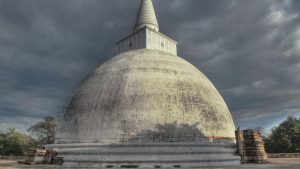
Mirisawatiya Dagaba
Mirisawatiya Dagaba is a revered Buddhist stupa in Sri Lanka, built in the 3rd century BCE to enshrine the Buddha’s hair relic, and it is an important pilgrimage site for Buddhists worldwide.

